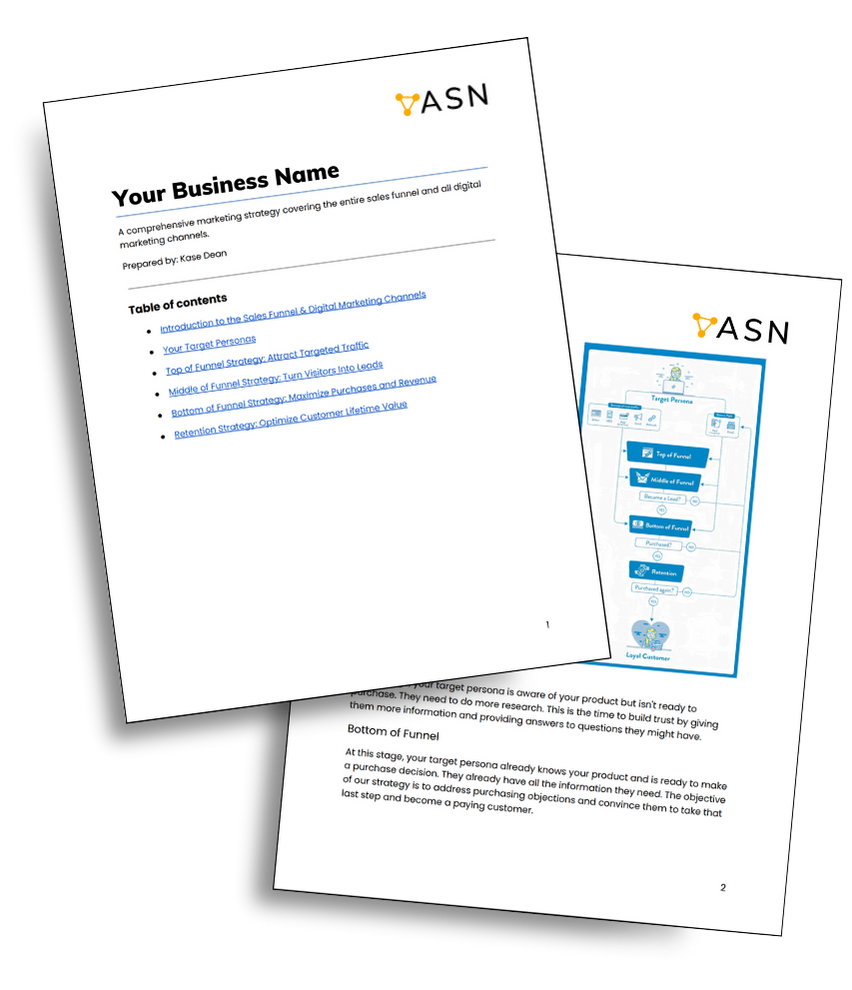The Proposal Mistake That’s Costing You Clients
Most consultants, coaches and professional service providers make the same critical proposal mistake.
You present your methodology. You outline your process. You detail every step you'll take to solve their problem.
And then you wonder why clients hesitate, negotiate on price, or choose someone cheaper.
This common proposal mistake is costing you premium clients and forcing you into price competition.
Here's what's happening.
You're mapping tactics when you should be mapping transformation. You're selling activity when clients buy outcomes.
The moment you lead with your process, you've made their decision about cost rather than value.
You've positioned yourself as a service provider rather than a transformation partner.
The Real Problem With This Universal Proposal Mistake
When you present your methodology first, you're asking clients to evaluate your work rather than their results.
This proposal mistake is so common that research from the Harvard Business Review shows B2B buyers spend only 17% of their time meeting with potential suppliers when considering a purchase¹.
During that limited window, leading with process details consumes precious attention that should focus on outcomes.
Think about this.
Your client doesn't wake up excited about your discovery phase. They don't care about your stakeholder interviews or your analysis framework.
They care about where they'll be in six months.
But most service providers repeat the same proposal mistake. They create detailed project plans that read like instruction manuals.
They break down deliverables into phases.
They explain their proven methodology.
All of this sends one message: you're selling your time, not their transformation.
Case Study: How Fixing This Proposal Mistake Transformed Results
A digital marketing agency I worked with was struggling with price objections and lengthy sales cycles.
They were making the classic proposal mistake of leading with their "proven 7-step methodology" in 15-page documents.
We restructured their approach to avoid this proposal mistake entirely.
Instead of starting with "Our Discovery Phase includes stakeholder interviews, competitor analysis, and market research," they began with "We'll move you from inconsistent lead generation costing £200 per qualified lead to a predictable system generating qualified leads at £85 each within 90 days."
Result: Eliminating this proposal mistake increased their conversion rate from 23% to 67%, and their average project value rose by 34%.
What Transformation Mapping Looks Like (The Solution to This Proposal Mistake)
Transformation mapping begins with their current reality and culminates in their desired future state.
Everything in between constitutes the journey, not the tactics.
Instead of making the proposal mistake of saying "We'll conduct stakeholder interviews, analyse your current processes, and develop recommendations," you say "We'll move you from inconsistent lead generation to predictable monthly revenue growth."
The difference is profound.
One version asks them to trust your process.
The other asks them to envision their success.
When you map transformation instead of making the typical proposal mistake, you're creating a narrative arc.
Current state: struggling with unpredictable revenue. Future state: confident growth trajectory with clear systems in place.
The tactics become supporting evidence, not the main story.
Why Clients Buy Outcomes (And Why The Proposal Mistake Backfires)
Your clients aren't purchasing your expertise for its own sake.
They're purchasing the change that expertise creates.
According to research by the Corporate Executive Board (now Gartner), 94% of B2B buyers conduct online research before making a purchase decision².
This means by the time they speak with you, they've likely already researched various methodologies.
What they can't research is the specific transformation you'll create for their unique situation.
This is precisely why the proposal mistake of leading with methodology backfires so dramatically.
Your proposals should allocate 80% of their time to the transformation and 20% to the delivery method.
Most consultants make the mistake of proposing the reverse.
They dedicate pages to their methodology and a few paragraphs to the outcomes.
They detail their qualifications and briefly mention the results.
But clients make buying decisions based on the gap between where they are and where they want to be.
Your job is to make that gap feel both urgent and achievable.
Case Study: Another Costly Proposal Mistake Corrected
An HR consultant specialising in employee engagement was competing primarily on price.
She was making the common proposal mistake of focusing heavily on her certification credentials and detailed assessment processes.
We shifted her approach to avoid this proposal mistake: "We'll move your team from 34% engagement scores and 28% annual turnover to 78% engagement and 9% turnover within six months, creating an estimated £340,000 annual saving in recruitment and productivity costs."
The supporting methodology became secondary.
Results: Correcting this proposal mistake increased her project fees by 85% and reduced her sales cycle from 4.2 months to 1.8 months.
The Framework That Eliminates This Proposal Mistake
Here's how to restructure your entire approach to avoid the proposal mistake that's costing you clients:
Start with current state diagnosis. What's their reality right now? What's keeping them awake at night? What opportunities are they missing?
Paint the future state vision. Where will they be when this work is complete? What will be different about their business, their team, their results?
Map the transformation journey. What are the key milestones between current and future state? What will change at each stage?
Position tactics as transformation tools. Your methodology becomes the vehicle for change, not the destination.
Measure transformation, not activity. Success metrics focus on business outcomes rather than project deliverables.
This approach eliminates the proposal mistake and changes how clients perceive value.
Instead of evaluating your hourly rate, they're evaluating their return on investment in transformation.
Making The Mental Shift Away From This Proposal Mistake
The most challenging aspect of avoiding this proposal mistake is letting go of process-led thinking.
You've probably spent years refining your methodology.
You're proud of your frameworks.
You want clients to understand the rigour behind your approach.
But the proposal mistake of leading with process creates a transactional relationship.
Leading with transformation creates a strategic partnership.
Research from McKinsey & Company indicates that B2B relationships built on strategic partnership principles generate 2.3 times higher revenue growth than transactional relationships³.
When clients understand the journey from their current state to the future state, they become invested in the outcome.
They're not just buying your services; they're buying into their own success story.
The Practical Application: Never Make This Proposal Mistake Again
Start your next proposal with their current challenges, not your solutions.
Spend time painting a vivid picture of their future state. Make it specific and measurable.
Then position your methodology as the bridge between current and future reality.
Your discovery phase becomes "understanding exactly where you are now."
Your analysis becomes "identifying the fastest path to your goals."
Your recommendations become "the specific steps that will transform your business."
Same work, different framing. Completely different client response.
Implementation Template to Avoid the Proposal Mistake:
- Current State: "Right now, you're experiencing [specific challenge], which is costing you [quantified impact]"
- Future State: "In [timeframe], you'll have [specific outcome] resulting in [quantified benefit]"
- Transformation Bridge: "Our approach bridges this gap through [methodology positioned as vehicle]"
- Success Metrics: "We'll measure success by [outcome-focused metrics,] not [activity-based metrics]"
Why Avoiding This Proposal Mistake Matters More Than Ever
Clients today are more sophisticated than ever.
They can Google methodologies. They can compare processes.
They can find cheaper alternatives to your tactics.
But they can't find more affordable alternatives to their specific transformation.
When you avoid the proposal mistake of leading with tactics and instead map transformation, you're selling something unique: their journey from current reality to desired future state.
That's not a commodity. That's a partnership.
And partnerships command premium pricing because the value is measured in outcomes, not hours.
The next time you're tempted to make this proposal mistake, ask yourself: Am I selling my process or their transformation?
Your answer will determine whether you're seen as a cost or an investment.
References
Harvard Business Review, "The New B2B Buyer Journey," 2020
Corporate Executive Board (Gartner), "The Digital Evolution in B2B Marketing," 2019
McKinsey & Company, "B2B Partnership Revenue Growth Study," 2021
Disclaimer
The strategies and advice presented in this article are based on general business principles and the author's professional experience. Results may vary depending on individual circumstances, market conditions, and the quality of implementation. This content is for educational purposes and should not be considered as guaranteed business outcomes. Readers should evaluate any business strategy carefully and consider consulting with qualified professionals before making significant changes to their business approach. Past performance of case studies does not guarantee future results.
Get a 100% Free Marketing Strategy That Will Boost Your Business Growth
ASN respects your inbox privacy. You can unsubscribe at any time with one-click.

Kase Dean
Kase Dean is a Business Growth Consultant and Strategic Marketing Expert with over 14 years of experience helping service-based business owners, consultants, and agencies scale their businesses sustainably.
As the founder of ASN Startup™, he provides structured growth systems that help entrepreneurs move beyond unpredictable revenue, step into leadership, and build scalable, profitable businesses.
Kase specialises in marketing strategy, pricing and revenue models, sales systems, and leadership development, empowering business owners to create predictable growth without burnout.
His expertise has helped countless professionals streamline their marketing, automate client acquisition, and position themselves as industry leaders.
When he’s not working with clients, Kase shares insightful strategies on business growth, marketing automation, and leadership through his writing, workshops, and coaching programs.
Want to work with Kase? Book a Free Business Growth Audit to get expert guidance on scaling your business with clarity and confidence.

© Copyright. Kase Dean Limited.
All rights reserved.
Attract Sell Nurture™, ASN Startup™, ASN Elevate™, ASN Authority™, ASN Activate™ and ASN™ are trading names of Kase Dean Limited.
Kase Dean Limited is registered in England and Wales, company number 11675593. Registered office: 86-90 Paul Street, London, EC2A 4NE.


